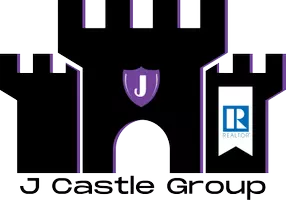Making Flexible Floor Plans Work in Marketing
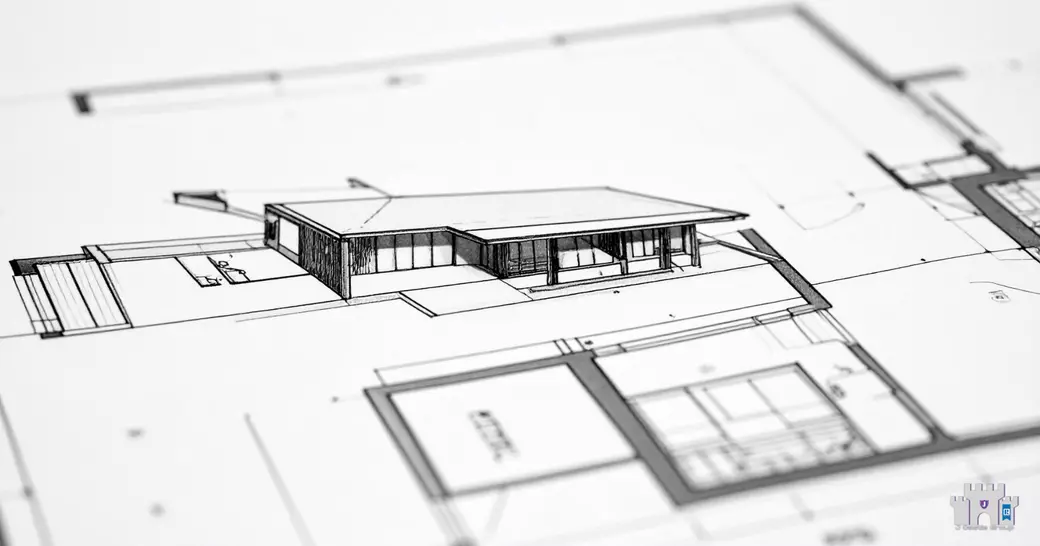
A flexible floor plan gives buyers more ways to use the space, but you need to highlight those options when selling. Many buyers today are looking for homes that adapt to changing needs. Families may want a home office that later becomes a playroom. Others may see a dining room that can turn into a study. When showing your home, stage rooms in ways that spark imagination. A spare room with a desk shows how it could function as a workspace. The same room with simple seating can also look like a guest area. Buyers need to see possibilities, not just empty square footage. Clear labeling in marketing materials helps them picture how they might use each space. Be specific about what the home offers while leaving room for personal vision. A flexible floor plan becomes appealing when buyers see themselves adapting it over time.
Photos and descriptions should highlight versatility, not just size. Instead of calling a room “extra space,” describe it with multiple uses in mind. Phrases like “ideal for an office, playroom, or workout space” are simple and clear. Virtual tours can also show rooms staged in different ways. Buyers enjoy seeing options before they even visit in person. Consider creating a brochure that shows how families, couples, or individuals might use the same home differently. This helps buyers see value in ways they had not considered. Use clear, straightforward language that makes the benefits obvious. Don’t overwhelm buyers with too many ideas, but give them a few solid examples. Balance detail with simplicity so they feel inspired, not confused. A versatile home should feel like it fits many lifestyles without forcing one image.
Open houses are a great chance to demonstrate flexibility. Stage one room in two different ways throughout the day. You might show it as a dining room in the morning, then as a study in the afternoon. This small change shows how easy it is to adjust spaces. Agents can also point out design features like wide doorways or neutral layouts that allow quick adjustments. Highlighting furniture placement can help visitors imagine their own arrangements. Make sure the flow of the home feels natural, even with different setups. Flexibility works best when the space feels simple and adaptable. Buyers should leave thinking about how they could shape the space, not how you did. When they picture their life fitting smoothly, the home becomes more attractive.
Marketing a flexible floor plan is about creating opportunities for imagination. Buyers don’t just want square footage; they want choices. Your job is to present the home in a way that makes those choices easy to see. Use clear visuals, simple staging, and straightforward descriptions. Stay focused on showing possibilities rather than overcomplicating the story. People want homes that will grow with them, and your marketing can show that potential. A house with a flexible floor plan may not have the most space, but it offers freedom. Buyers who see adaptability often feel more connected to the home. That connection is what helps turn interest into an offer. Give them the tools to picture themselves living in your space. When you do, flexibility becomes your strongest selling point.
Photos and descriptions should highlight versatility, not just size. Instead of calling a room “extra space,” describe it with multiple uses in mind. Phrases like “ideal for an office, playroom, or workout space” are simple and clear. Virtual tours can also show rooms staged in different ways. Buyers enjoy seeing options before they even visit in person. Consider creating a brochure that shows how families, couples, or individuals might use the same home differently. This helps buyers see value in ways they had not considered. Use clear, straightforward language that makes the benefits obvious. Don’t overwhelm buyers with too many ideas, but give them a few solid examples. Balance detail with simplicity so they feel inspired, not confused. A versatile home should feel like it fits many lifestyles without forcing one image.
Open houses are a great chance to demonstrate flexibility. Stage one room in two different ways throughout the day. You might show it as a dining room in the morning, then as a study in the afternoon. This small change shows how easy it is to adjust spaces. Agents can also point out design features like wide doorways or neutral layouts that allow quick adjustments. Highlighting furniture placement can help visitors imagine their own arrangements. Make sure the flow of the home feels natural, even with different setups. Flexibility works best when the space feels simple and adaptable. Buyers should leave thinking about how they could shape the space, not how you did. When they picture their life fitting smoothly, the home becomes more attractive.
Marketing a flexible floor plan is about creating opportunities for imagination. Buyers don’t just want square footage; they want choices. Your job is to present the home in a way that makes those choices easy to see. Use clear visuals, simple staging, and straightforward descriptions. Stay focused on showing possibilities rather than overcomplicating the story. People want homes that will grow with them, and your marketing can show that potential. A house with a flexible floor plan may not have the most space, but it offers freedom. Buyers who see adaptability often feel more connected to the home. That connection is what helps turn interest into an offer. Give them the tools to picture themselves living in your space. When you do, flexibility becomes your strongest selling point.
Categories
Recent Posts
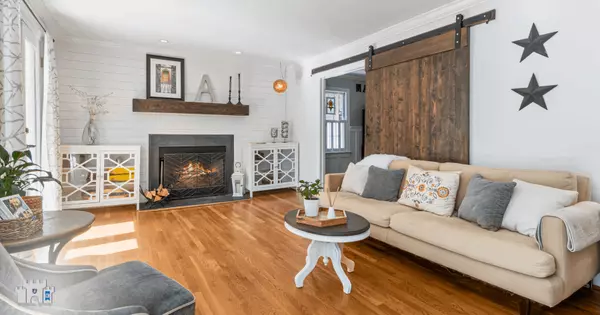
Building a Routine That Keeps Your Home in Shape
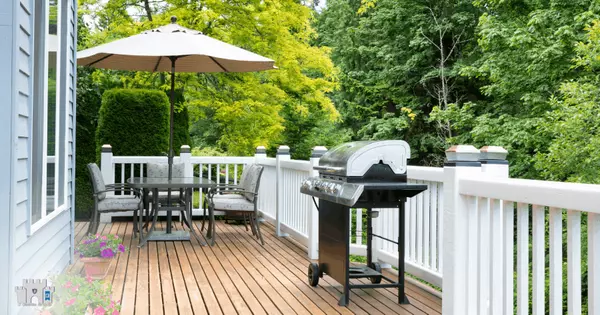
Simple Deck Care Tips for Homeowners

How Video Walkthroughs Improve Real Estate Marketing
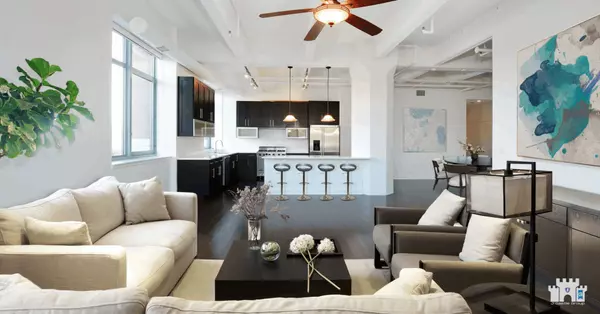
Last-Minute Buyer Requests: A Seller’s Guide
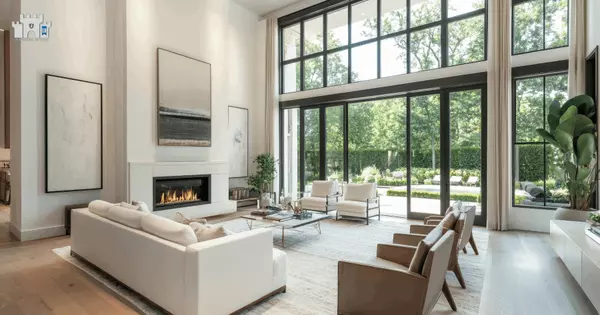
Why Natural Light Matters When Choosing a Home

Why Wellness Spaces Appeal to Buyers
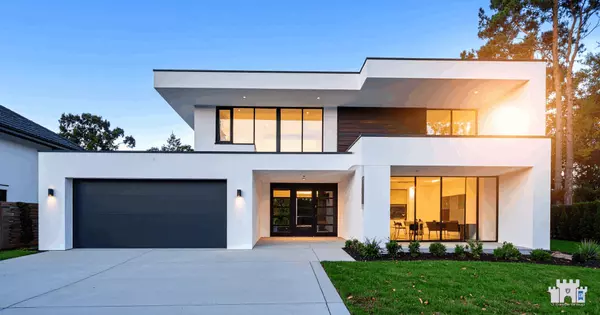
Is Less Grass Better for Homeowners?
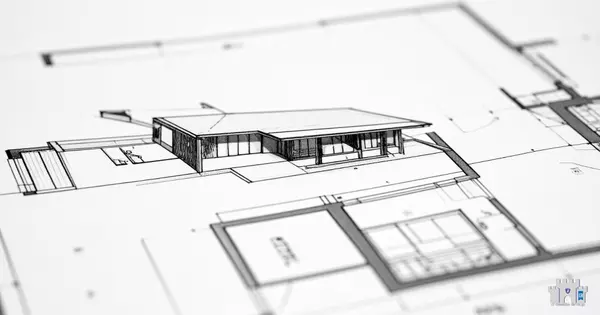
Making Flexible Floor Plans Work in Marketing
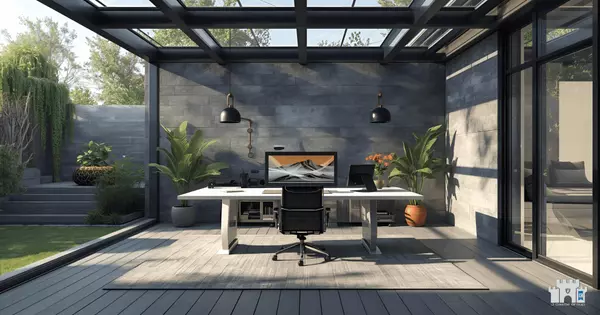
How to Market a Home With Outdoor Workspaces

Planning a Simple and Affordable Housewarming Party
GET MORE INFORMATION

Kenneth Jamaca
Managing Broker | REALTOR | License ID: 02080040
+1(925) 413-1849 | kenneth@jcastlegroup.com
